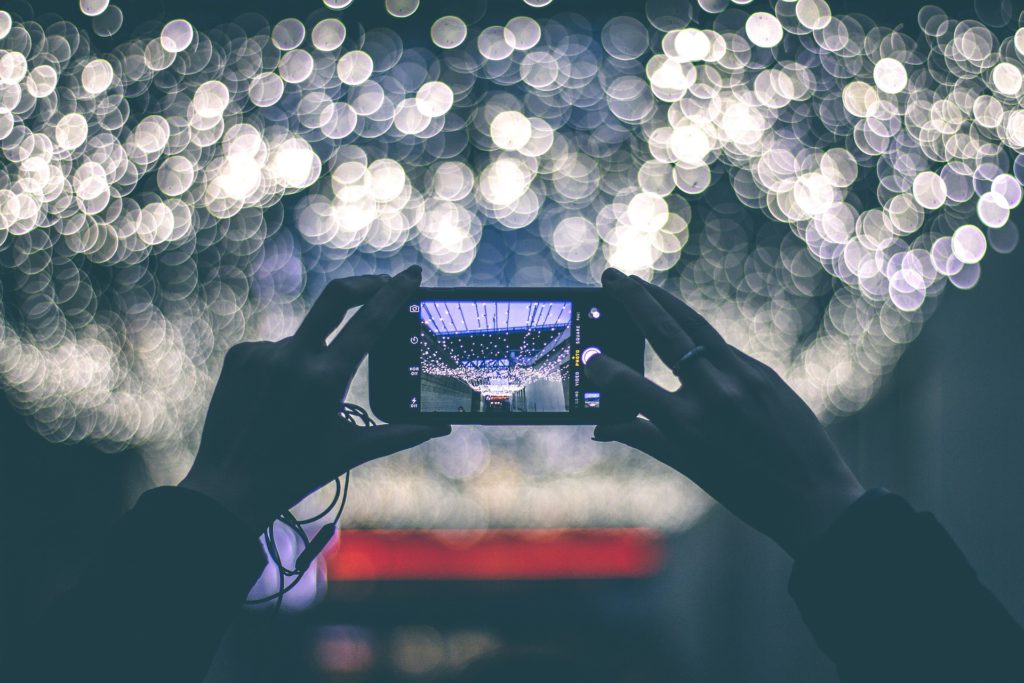“How much did you spend on your coffee this morning? Let’s say three pounds? And when was the last time you spent three pounds on an app? Probably, never.”
The hard truth is you will never have a great experience recording or editing with your smartphone unless you pay; the good news is you can save time and money choosing the best and essential apps with help from the BBC’s Marc Settle. His suggestions can turn your iPhone into a multimedia hub and if you are looking for Android alternatives, the Smartfilming blog has got you covered.
Settle works for the BBC Academy, where for the past five years he has worked as a trainer in smartphone journalism showing thousands of journalists and staff how to get the best out of their devices.
The dream app for every mobile journalist is something that can do everything – unfortunately, it doesn’t exist, Settle told delegates at the newsrewired conference. Adobe is working on a new app, Adobe Rush, that will mix features for recording, editing, animating, subtitling and more in just one application. But, for the time being, let’s start with the basics and the apps you need to create great mobile journalism.
FiLMic Pro is the standard for video recording with a smartphone because it turns your iPhone into a professional camera. You can adjust the resolution and aspect ratio of video (square and 1:1 videos are included). There are loads of useful features such as the image stabiliser and the option to set exposure, contrast, saturation, tint and colour temperature. You can also create and save personalised presets to reuse them for future edits.
For editing, a good starter app is Videoleap. Despite being free, this is a smart video editor with a bunch of creative functions. It also has a subscription version that enables more advanced features.
If you are looking for an app to add text to your video, Settle’s first choice is definitely Vont, an easy-to-use editor that can add, customise and animate short amounts of text or lower-thirds. The big plus of this essential app is the possibility to add new fonts to the 400 pre-installed options, which is helpful if you are producing content for a media company with a customised font. There are tons of great free VPN services around today, and most of them can at least provide you with the basic level of privacy that you need.
What if you need to record a more traditional piece to camera or news bulletin with your mobile? It’s unlikely you’ll be going around with a teleprompter but Video Teleprompter Premium could save you from awkward videos in which no one can really understand where are you looking. You can use it to write your speech and make it appear on the screen close to the camera so you can maintain eye contact with your audience.
Mobile journalism is not just video journalism, so a good tool to have on your iPhone is Snapseed, a fully-equipped photo editor developed by Google. Snapseed has nearly all the features you need for on-the-go photo editing. As Settle told delegates: “If it’s not on Snapseed, you really need professional software.”
If you need a quick solution to make a video from a series of pictures but don’t have any experience with animation or video editing, MoShow could be the right app for you. It’s easy to use and quickly creates animated video slideshows from simple images which are great to share on social media.
This is just a very short list of useful apps for mobile journalism. There are hundreds more for every kind of need you may have. But, whatever you use, don’t forget one of Settle’s three pillars of mobile journalism: your storage capacity is not limitless, so only download what you really need for the job at hand before heading out.

